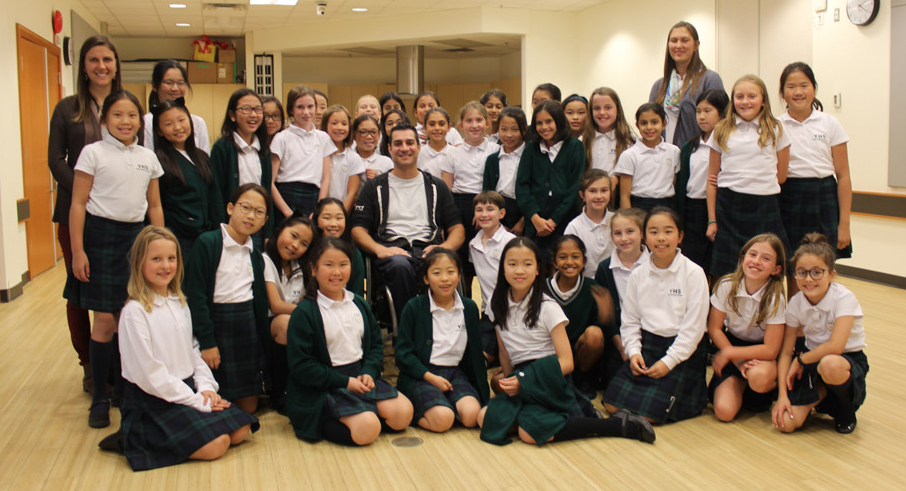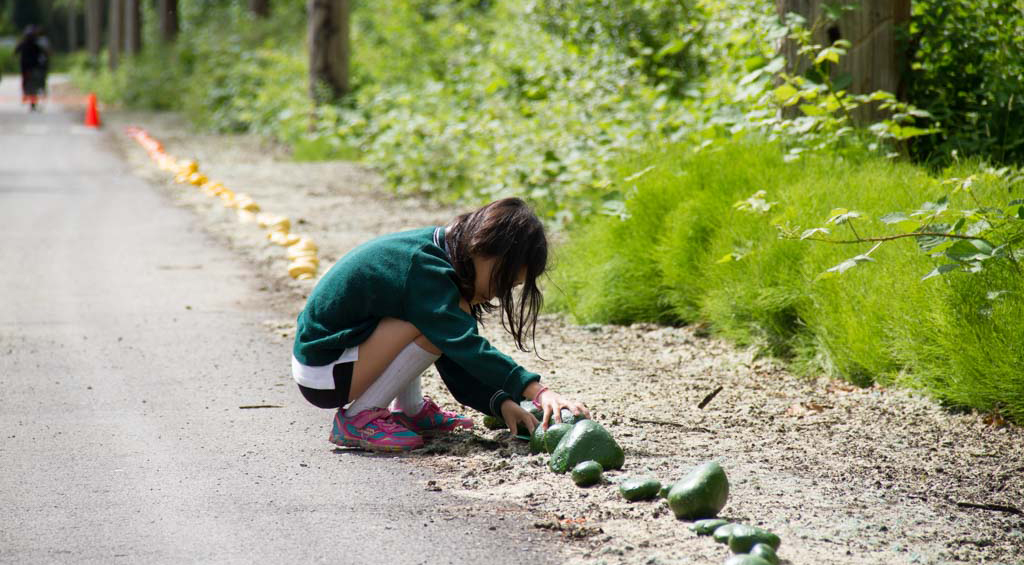This year’s Grade 5s have started out the year exploring some truly big ideas as part of the STEAM initiative in the Junior School. They are looking at how design can improve lives and make a big impact on the lives of people with disabilities.
Months ago, Grade 5 teachers, Melissa Kanavos and Erin Reindl, our STEAM Coordinator in the Junior School, Jennifer Sharpe, and Science Teacher, Lela Ling, began to develop a truly cross-curricular unit on accessibility. They designed the unit to incorporate curriculum from Science (simple machines), Language Arts (paragraph writing), and Social Studies (citizenship) as well as create an opportunity to deepen the understanding of our YHS value of empathy.
As part of their Science curriculum, students will be challenged to explore how their knowledge of motion, friction, and simple machines can help someone with limited mobility move with more ease. Addressing their Grade 5 Social Studies curriculum, students are also looking at how discrimination can exist in many forms, including systems and structures. Later in the year, as part of their French studies, they will be examining physical difference as it relates to what makes us unique and in Physical Education they will be looking at wheelchair sports and how they can create accessible versions of the everyday sports that they play.
In preparation for the unit, students were first asked to share what they knew about barriers, challenges, accessibility, and physical disabilities. Next, students engaged in activities to help empathize with people who use wheelchairs starting with observing barriers in our school by conducting a survey of the grounds and facilities. Their next step was conducting an interview with Kyle Gieni from the Rick Hansen Foundation. Kyle shared his personal experience as someone who needs the assistance of a wheelchair to navigate the world. Finally, students took part in a weeklong experiment where each student was able to experience YHS in a wheelchair for two hours. This included going to cafeteria for lunch, playing at recess, and participating in physical education.
In the coming weeks, using the Design Thinking Framework, students will be tasked to design an assistive technology to make our school more accessible. Rory Dougall from BCIT’s REDLab, a rehabilitation engineering design lab, will come in to work with the girls on their prototypes. Their work will culminate in a presentation to the community at the end of November.
Commenting on this latest STEAM project, Jennifer Sharpe, says, “We were trying to think of something that could encompass both citizenship and simple machines as part of their learning. It really developed organically with the big piece being empathy and understanding the concept of accessibility. Many of our students understood “disability” but didn’t know what “accessibility” meant and how it relates to creating a fair society.
The students are so excited and are taking the project very seriously. I am surprised how mature they have been using the wheelchairs and talking about these big ideas. Meeting someone like Kyle has shown them how their work relates to the real world, how it is relevant, and how design can change lives. This project is just one way that our student can start to think of tangible ways that they can solve the world’s problems.”
There is much to look forward in the coming months across the grades. The Grade 1 girls have already been working on their empathy project where they interviewed a classmate and made a design to help them with something tricky or uncomfortable at school. Grade 2s will create a toy design, and the Grade 3s will try their hand at 3D printing.
While many of the projects for the coming months are still to be determined, one thing that our students are showing us is that there is no limit to how many ways we can each look at the same thing.





























































